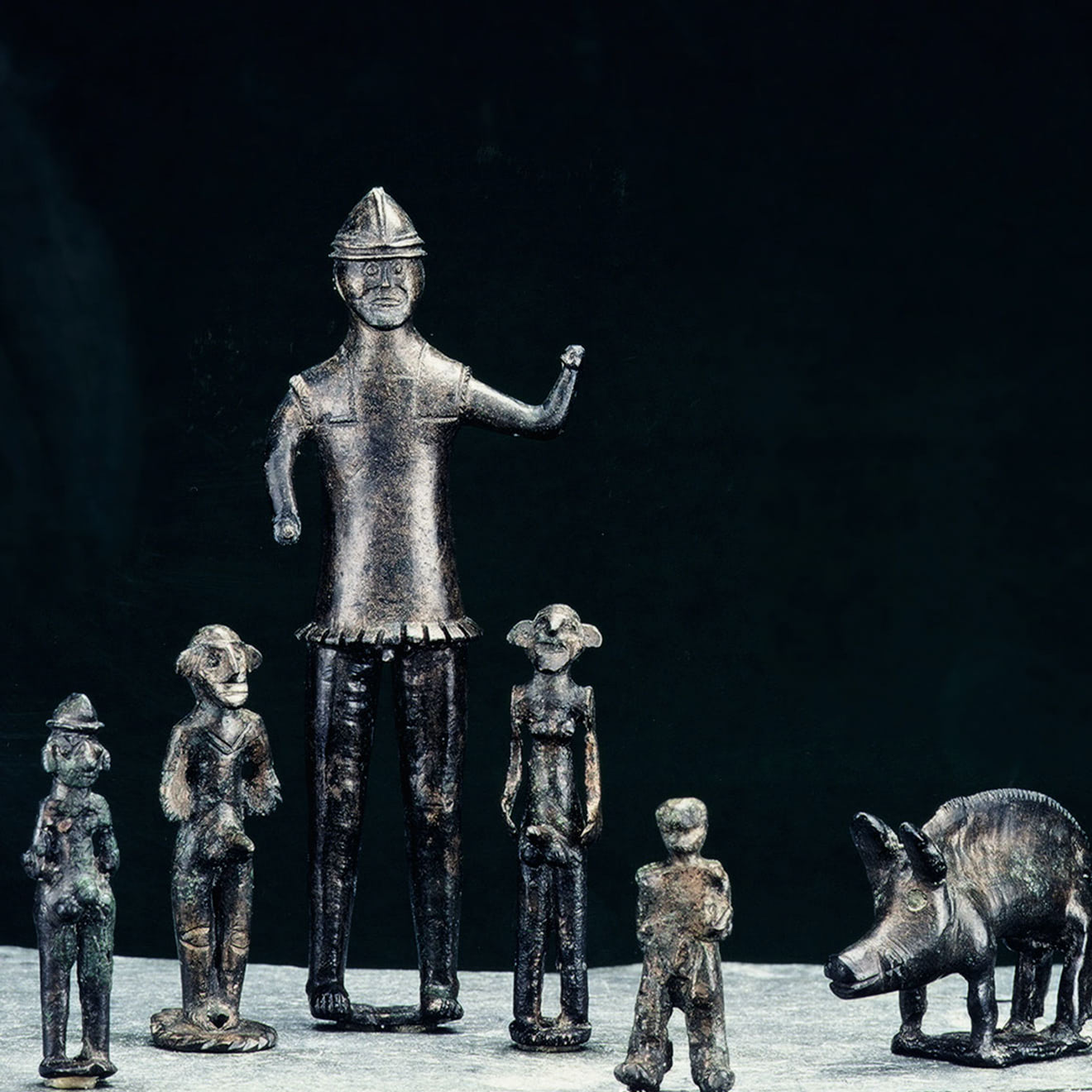
-
Gutenberg figures Gutenberg
Liechtenstein's most famous archaeological find, one which won international acclaim, was made on the Gutenberg near Balzers in 1930: nine small bronze figures from the Celtic period, dating back to some time between the 5th and 2st centuries BC. These are obviously votive offerings to the Celtic gods.
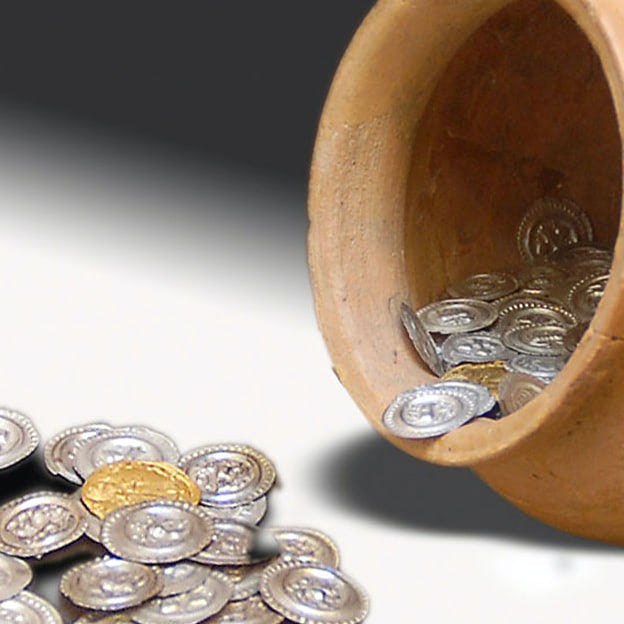
-
The wanderings of coins
Coins found in Liechtenstein are exhibited in the “good room” or the gothic room of the former guesthouse “Zum Adler”.The coins were struck in Italy, Switzerland, Germany, Austria and Hungary. The coins are evidence of trade relations and the extension of the silk road from Venice over Milan in Italy to Liechtenstein and from there to Middle and North Europe.
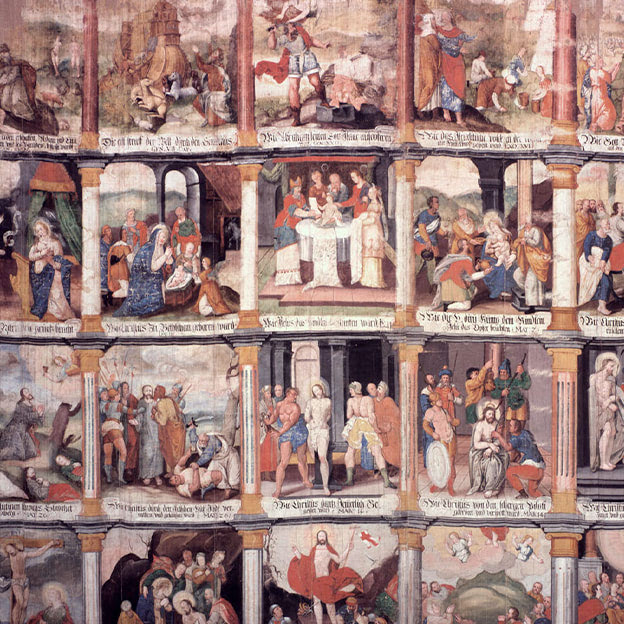
-
Lentenveil
This Lenten veil is from the parish church of Bendern. It shows 24 scenes from the Old and New Testaments and the legend at the bottom tells us when it was made: 1612; the initials I.G.C. are those of the painter Johann Georg Clesi who lived in Feldkirch at the time.
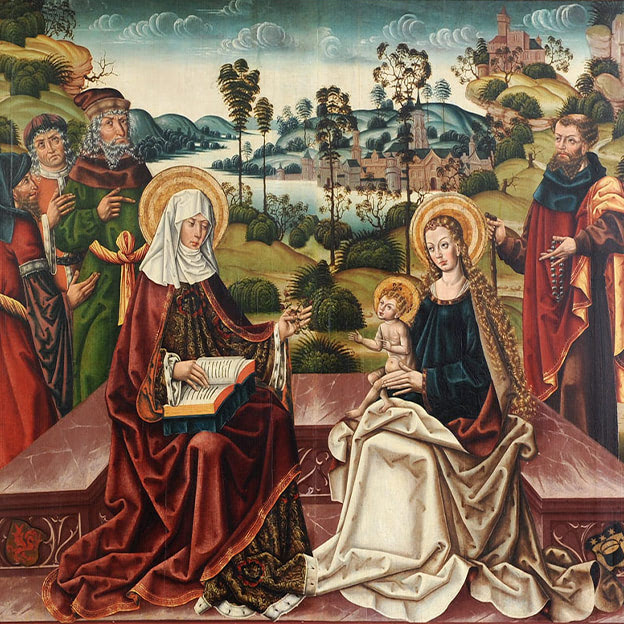
-
Altartriptchon
Late Gothic winged altar, workshop of the alpine region,oil on panel, around 1490 showing the Holy family and saints.
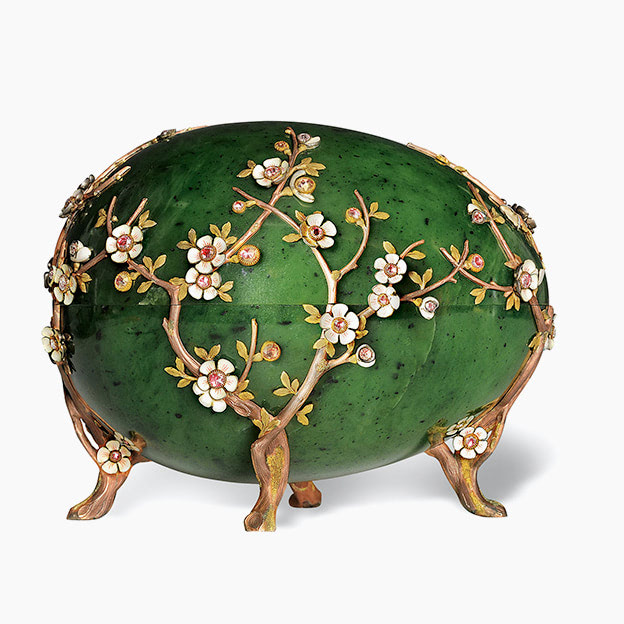
-
Fabergé The Apple Blossom Egg
The fine Apple Blossom Egg made by Carl Faberge and his head craftsman Michael Perchin that dates back to 1901.
This 14cm-long masterpiece made of jade, two-tone gold, diamonds and enamel stands on four golden red legs in the shape of small apple trees. Displayed in the Treasure Chamber, it is unique in its use of the apple blossom motif characteristic of the Far East.
